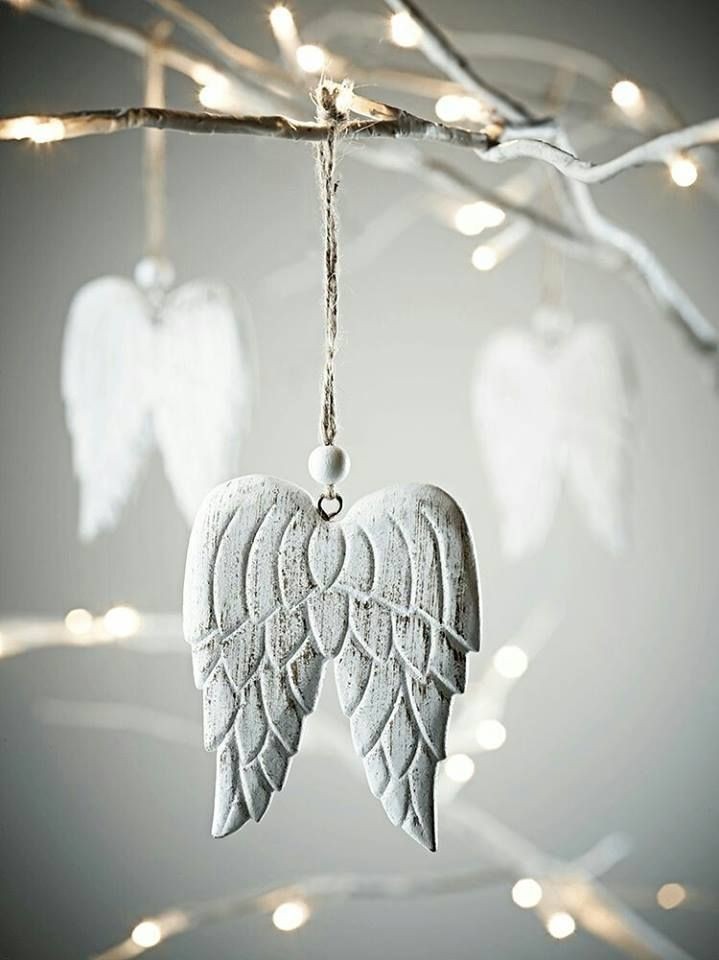The Healing Art of Kintsugi: Finding Resilience and Wisdom through Brokenness
- Koöko Fleurs
- Feb 1, 2024
- 3 min read

Kintsugi is a Japanese art form that has captivmated the world with its unique beauty and profound symbolism. It is the practice of repairing broken pottery with gold or silver lacquer, elevating the cracks and imperfections into something beautiful and valuable. This art form not only celebrates the beauty of imperfection but also embodies a powerful message of resilience, wisdom, and hope.
History and Origin of Kintsugi
Kintsugi, also known as Kintsukuroi, translates to “golden joinery” or “golden repair” in Japanese. It originated in the 15th century when a Japanese shogun sent his broken ceramics to China for repairs. However, after seeing the repaired pieces held together by unsightly metal staples, the shogun asked his craftsmen to find a more aesthetically pleasing way to fix the broken pieces.
This led to the development of Kintsugi, an art form that not only repaired the broken pottery but also elevated it to a higher level of beauty. The philosophy behind Kintsugi is rooted in the Japanese belief of wabi-sabi, which celebrates the beauty of imperfection and impermanence.
The Symbolism of Kintsugi
Kintsugi is more than just a form of art; it is a powerful symbol of resilience and wisdom. The broken pieces represent our own brokenness, whether it be physical, emotional, or spiritual. The use of gold or silver to repair the cracks symbolizes the healing and transformation that takes place when we embrace our imperfections.
The philosophy behind Kintsugi teaches us to not hide or discard our flaws, but to embrace them as part of our journey and find beauty in our brokenness. It is a reminder that our scars and struggles do not define us; they make us unique and whole.
Resilience and Wisdom Through Brokenness
Kintsugi is not just a physical repair; it is also a process of healing and transformation. It teaches us that life is not about avoiding difficulties, but rather about finding strength and resilience in the face of adversity.
The broken pieces of pottery used in Kintsugi are often referred to as “wounded warriors,” as they have been through trials and tribulations, yet they emerge stronger and more beautiful than before. Similarly, we can learn from these pieces to embrace our own struggles and come out on the other side with more resilience, wisdom, and grace.
Kintsugi and Psychic Troubles
In today’s fast-paced world, where success and perfection are glorified, many of us struggle with psychic troubles like depression, anxiety, and low self-esteem. We are constantly bombarded with unrealistic standards of beauty, success, and happiness, which can leave us feeling broken and inadequate.
Kintsugi offers a powerful lesson for those struggling with such psychic troubles. It teaches us that our brokenness does not make us flawed or unworthy, but rather unique and valuable. By embracing our imperfections and finding beauty in our brokenness, we can break free from the expectations of society and cultivate a deeper sense of self-love and acceptance.
Tools and Technique Used in Kintsugi
Kintsugi is a delicate and intricate art form that requires skill, patience, and precision. The tools used in this process include a special lacquer made from natural resins, fine gold or silver powder, and traditional Japanese brushes. The most important part of the process is the lacquer, which has to be mixed and applied in just the right consistency to create a durable bond between the broken pieces.
The technique involves carefully fitting the broken pieces back together using the lacquer as adhesive. Then, gold or silver powder is sprinkled over the cracks to highlight and enhance them. The piece is then left to dry for several days before it is polished to a smooth finish. The end result is a stunning piece of art that not only restores the broken pottery but also adds a new layer of beauty and meaning to it.
Embracing Kintsugi in Our Lives
We can all learn from the wisdom of Kintsugi and apply it to our own lives. Instead of hiding or discarding our flaws and struggles, we can use them to create something beautiful and meaningful. This could mean embracing our scars, sharing our stories, or finding strength and resilience through difficult times.
In a world that often tries to break us down, Kintsugi offers us a powerful reminder that our brokenness does not define us; it is a part of our journey towards growth, healing, and transformation.
In conclusion, Kintsugi is more than just an art form; it is a philosophy of life. It teaches us to find beauty in imperfection, strength in brokenness, and wisdom in adversity. By embracing this ancient practice, we can not only create stunning works of art but also cultivate a deeper sense of self-love, resilience, and wisdom in our lives.











Comments